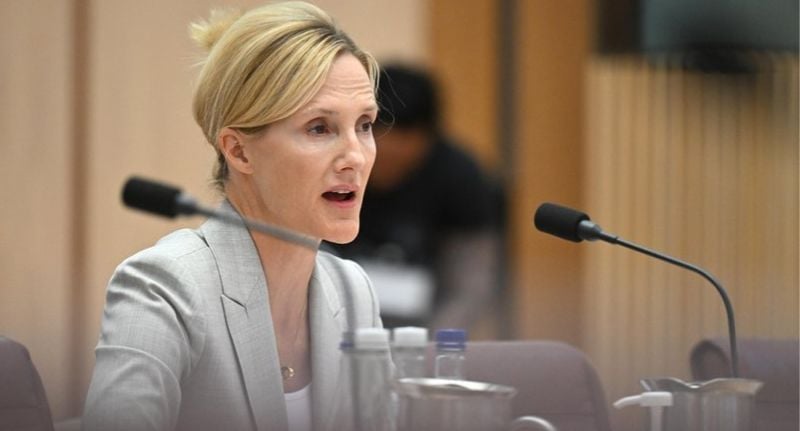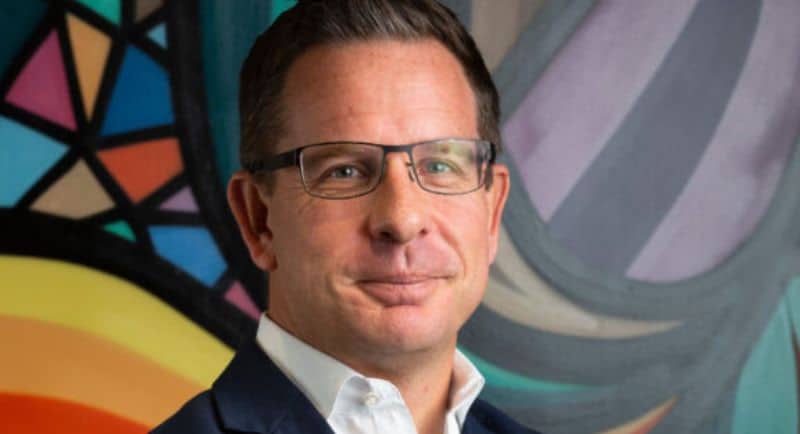Meta will block millions of Australian teens from Instagram, Facebook and Threads from 4 December, as the government’s new social media age-ban law triggers one of the most sweeping platform restrictions the local market has seen.
According to Meta, access removal will begin within a fortnight, and will be completed by the federal government’s 10 December deadline, as the company enforces the law’s requirement to bar anyone under 16 from using its social platforms.
Impacted teens will start receiving alerts today.
The company said: “Starting 4 December, we will begin removing access to Instagram, Threads, and Facebook for teens under 16, and will block the creation of new accounts for users under 16.”
It added that affected users will have “14 days to download their memories or delete their account.”
Messenger will remain available for under-16s, creating a split environment where Australian teens can still interact with peers and family, but without exposure to Meta’s main social feeds.
Meta said: “We share the Australian Government’s goal of creating safe, age-appropriate online experiences, but cutting teens off from their friends and communities isn’t the answer.”

Antigone Davis
Vice president and global head of safety, Antigone Davis, stressed that the company is moving quickly, but warned this is not a switch that can simply be flipped.
“While we are working hard to remove all users who we understand to be under the age of 16 by 10 December, compliance with the law will be an ongoing and multi-layered process,” she said.
The ban lands at a precarious moment heading into the Christmas cycle.
Youth-focused retail, gaming, entertainment and fashion brands depend heavily on Meta’s teen segment for conversion and community building, while influencer and creator pipelines – particularly those driven by younger audiences – are likely to feel the pinch.
Meta has tried to reassure the market that this won’t tank campaigns.
Will Easton, VP and managing director, Meta Australia, said: “We share the government’s goal of creating safer, age-appropriate online experiences, however blanket bans bring their own set of challenges. We have invested in tools and protections to help keep young people safe online, and we will continue to advocate for solutions that balance safety, privacy, and the positive connections young Australians find on our platforms.
“For advertisers, we offered limited opportunities to target younger audiences and expect minimal to no impact on ad performance for most customers following the ban. We’re proud to offer advertising solutions that prioritise the safety and well-being of young people, while helping businesses connect with their audiences responsibly.”
READ MORE: Meta cracks down on Aussie teens faking their age on Instagram
At the same time, Meta warned that the law may actually reduce protections rather than strengthen them, noting that: “This new law will unfortunately restrict teens from these benefits, and will result in inconsistent protections across the many apps they use.”
It added that on some platforms, under-16s can browse content “without an account and without the safeguards provided to registered users.”

Will Easton
Meta’s ad products will still function – but with a material drop in available signals, engagement and reach for brands targeting younger markets, and potential knock-on effects for creators who have built teen-heavy communities on Instagram and Facebook.
Memories, parents and what teens can do now
With accounts about to be locked, Meta is trying to soften the blow for young users – and keep future reactivation as seamless as possible.
Mia Garlick, regional policy director, Meta, said: “For all our users aged 15 and under, we understand the importance of the treasured memories, connections, and content within your accounts.
READ MORE: ‘Increased privacy risk’: Meta fires back at social media age ban
“Look out for our official notifications and follow the instructions to safely preserve and download your digital history across Instagram, Threads, and Facebook. When you turn 16 and can access our apps again all your content will be available exactly as you left it.
“We also ask parents to work with their children to ensure the correct birth date is registered on their social media accounts. Parents remain important partners in promoting the appropriate use of technology within their households as platforms such as ours work to comply with the law.”
For now, teens under 16 will be able to:
• Download and save their posts, messages and Reels
• Update contact details so Meta can reach them once they turn 16
• Opt to delete their accounts
• Continue using Messenger, which is outside the scope of the law
• Age verification, loopholes and who carries the can

Mia Garlick
Behind the scenes, the industry-wide headache is age assurance.
Meta acknowledges that it can only enforce age gates to a point, stating plainly: “Teens are resourceful, and may attempt to circumvent age assurance measures to access restricted services.”
Davis pointed to the government’s own research as proof that the current model has limits.
“Though we are committed to compliance, we must also acknowledge the findings of the Age Assurance Technology Trial, which recognises the particular challenges of age assurance at the novel 16 age boundary.
“We believe a better approach is required: a standard, more accurate, and privacy-preserving system, such as OS/app store-level age verification. This, combined with our investments in ongoing efforts to assure age and verify that signal and provide age-appropriate experiences like Teen Accounts, offers a more comprehensive protection for young people online.”
In practice, that means ongoing reliance on tools like Yoti – the third-party vendor Meta uses to confirm age via ID or video selfie. The company has previously stressed that “Yoti deletes this information once your age has been verified.”
Yoti’s chief policy officer Julie Dawson told Reuters that user disruption should be short-lived. “There’ll be a maximum of two to three weeks of people getting to grips with something that they do daily, and then it’s old news,” she said.
Meta, meanwhile, is still arguing that app stores, not individual apps, should be the front line.
It has “long advocated for a better solution: requiring parental approval for app downloads – eliminating the need for teens to verify their age multiple times across different apps.”

Meta signals willingness to comply, and to keep pushing back
Despite its objections, Meta stated it is “committed to meeting our compliance obligations and taking the necessary steps to comply with the law.”
But it also made clear that the policy debate is far from settled, adding: “We hope to continue engaging constructively with the Australian government to find a better way forward.”
With the enforcement window now days away, the implications are immediate: advertisers are recalibrating youth strategies, creators are bracing for audience loss, regulators are pointing to a global shift on kid and teen safety – and Meta is preparing to cut off an entire generation from its flagship apps, at least for now.
